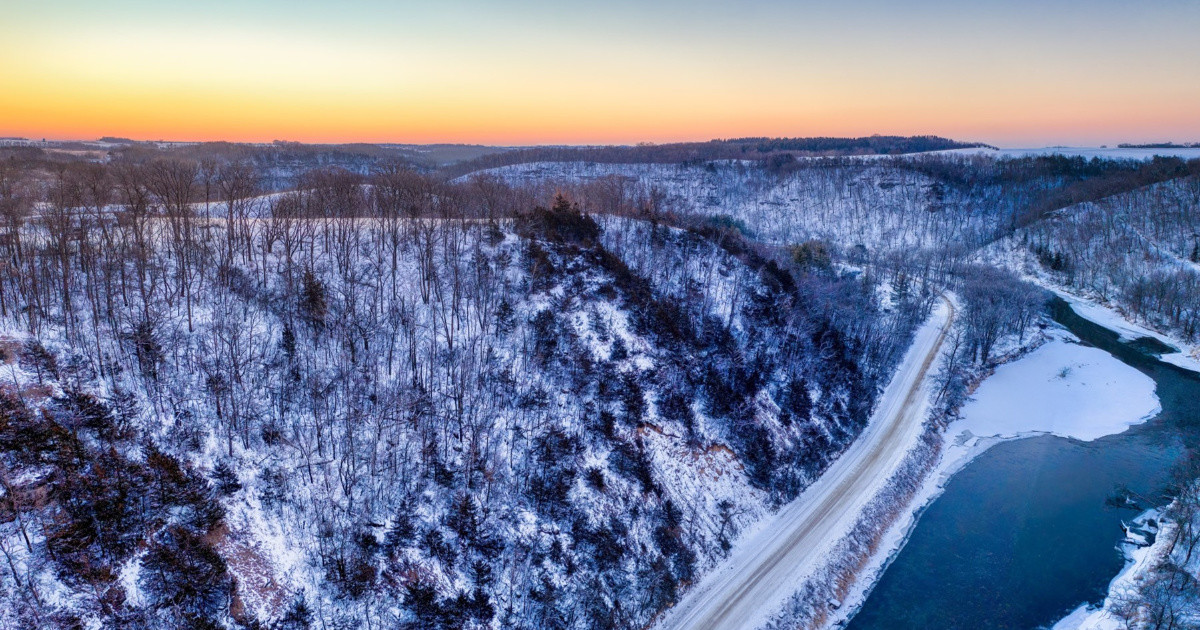Transportation Infrastructures in Cold Regions
A special issue of Applied Sciences (ISSN 2076-3417). This special issue belongs to the section "Environmental Sciences".
Deadline for manuscript submissions: closed (20 July 2022) | Viewed by 2083

Special Issue Editors
Interests: frozen soil mechnics; cold regions engineering; adaption mehtos
Interests: interaction between soil and structure
Special Issues, Collections and Topics in MDPI journals
Special Issue Information
Dear Colleagues,
In cold regions, design, construction, and maintenance of transportation infrastructure face severe challenges due to harsh climate and freezing and thawing processes within the foundation soils. The coupled hydro-thermomechanical process in freezing and thawing foundation soils can result in severe damage to roadway and railway structures, including embankments, culverts, slopes, tunnels, and bridges, which significantly increases their maintenance costs and decreases their service life. For the design of engineering mitigation and adaption methods, understanding thermal and moisture regimes and their seasonal variations within foundation soils, slopes, and the surrounding rocks of tunnels is of immense importance. In recent years, an increasing amount of research focusing on the hydro-thermomechanical process in roadways and railways has been conducted with the quick development of transportation infrastructure in cold regions.
The proposed Special Issue will cover all areas related to the hydro-thermomechanical process of transportation infrastructure in cold regions, e.g., heat transfer, moisture migration, deformations, and damages of embankment, culverts, slopes, linings, and pile foundations, as well as adoption methods. Research methods including field observations, numerical simulations, and theoretical analyses are all welcome.
Prof. Dr. Yanhu Mu
Dr. Pengfei He
Guest Editors
Manuscript Submission Information
Manuscripts should be submitted online at www.mdpi.com by registering and logging in to this website. Once you are registered, click here to go to the submission form. Manuscripts can be submitted until the deadline. All submissions that pass pre-check are peer-reviewed. Accepted papers will be published continuously in the journal (as soon as accepted) and will be listed together on the special issue website. Research articles, review articles as well as short communications are invited. For planned papers, a title and short abstract (about 100 words) can be sent to the Editorial Office for announcement on this website.
Submitted manuscripts should not have been published previously, nor be under consideration for publication elsewhere (except conference proceedings papers). All manuscripts are thoroughly refereed through a single-blind peer-review process. A guide for authors and other relevant information for submission of manuscripts is available on the Instructions for Authors page. Applied Sciences is an international peer-reviewed open access semimonthly journal published by MDPI.
Please visit the Instructions for Authors page before submitting a manuscript. The Article Processing Charge (APC) for publication in this open access journal is 2400 CHF (Swiss Francs). Submitted papers should be well formatted and use good English. Authors may use MDPI's English editing service prior to publication or during author revisions.
Keywords
- heat transfer
- moisture regime
- deformations
- damages
- adoption methods
- transportation infrastructure
- cold regions






